Growing Demand for Renewable Energy
The Utility Solar EPC Market is witnessing a robust demand for renewable energy sources, driven by a global shift towards sustainability. As countries strive to meet their climate goals, the demand for clean energy solutions is escalating. In 2023, renewable energy accounted for approximately 30% of total electricity generation in several regions, with solar energy being a key contributor. This growing demand is prompting utilities to invest in large-scale solar projects, thereby expanding the Utility Solar EPC Market. The increasing awareness of climate change and the need for energy security further bolster this trend, indicating a sustained growth trajectory for the industry.
Regulatory Framework and Incentives
The Utility Solar EPC Market is significantly influenced by favorable regulatory frameworks and financial incentives provided by governments. Many countries have implemented policies that promote renewable energy adoption, including tax credits, feed-in tariffs, and renewable portfolio standards. For instance, in 2023, several regions reported a 15% increase in solar installations due to enhanced government support. These incentives not only lower the initial capital costs for utility-scale solar projects but also create a more predictable investment environment. As regulatory bodies continue to prioritize renewable energy, the Utility Solar EPC Market is expected to benefit from increased project financing and accelerated deployment.
Corporate Sustainability Initiatives
The Utility Solar EPC Market is increasingly shaped by corporate sustainability initiatives as businesses recognize the importance of reducing their carbon footprints. Many corporations are committing to 100% renewable energy targets, which drives demand for utility-scale solar projects. In 2023, a notable number of Fortune 500 companies announced plans to invest in solar energy, contributing to a projected 20% growth in the Utility Solar EPC Market. These corporate commitments not only enhance the market's attractiveness but also encourage collaboration between utilities and solar developers. As more companies prioritize sustainability, the Utility Solar EPC Market is likely to see continued investment and innovation.
Economic Viability of Solar Projects
The Utility Solar EPC Market is benefiting from the increasing economic viability of solar energy projects. The cost of solar technology has decreased significantly over the past decade, with prices for solar PV modules dropping by nearly 80% since 2010. This decline in costs has made utility-scale solar projects more financially attractive, leading to a surge in new installations. In 2023, the levelized cost of electricity (LCOE) for solar energy reached competitive levels compared to fossil fuels in many regions. As the economic landscape continues to favor renewable energy, the Utility Solar EPC Market is poised for substantial growth, driven by both private and public sector investments.
Technological Innovations in Solar Energy
The Utility Solar EPC Market is experiencing a surge in technological innovations that enhance the efficiency and effectiveness of solar energy systems. Advancements in photovoltaic (PV) technology, such as bifacial solar panels and tracking systems, are becoming increasingly prevalent. These innovations can potentially increase energy output by up to 30%, thereby improving the return on investment for utility-scale solar projects. Furthermore, the integration of energy storage solutions is gaining traction, allowing for better management of energy supply and demand. As these technologies continue to evolve, they are likely to drive down costs and improve the overall competitiveness of solar energy in the energy market.


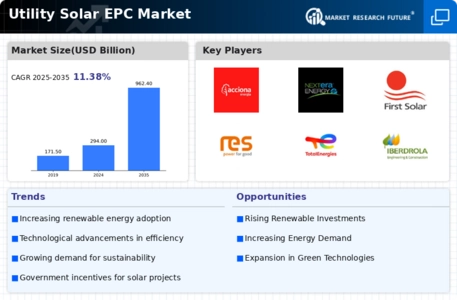
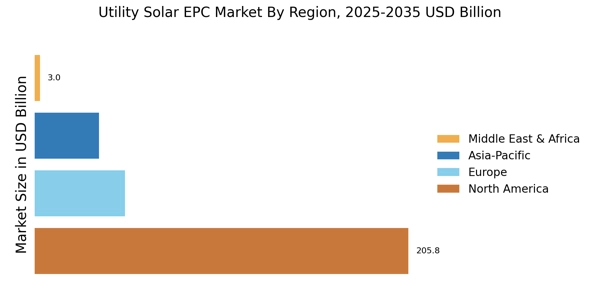

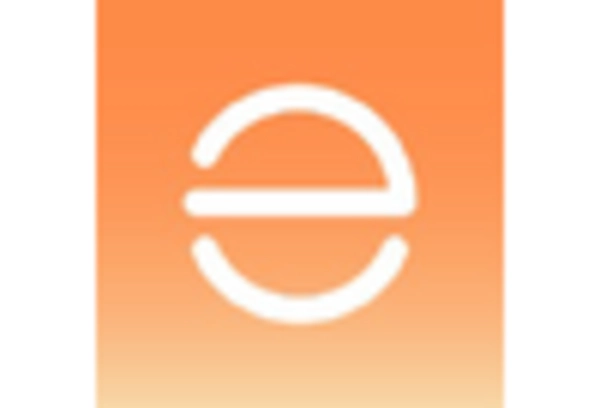

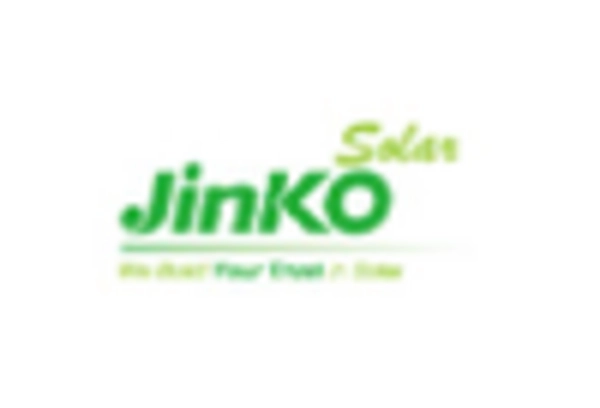
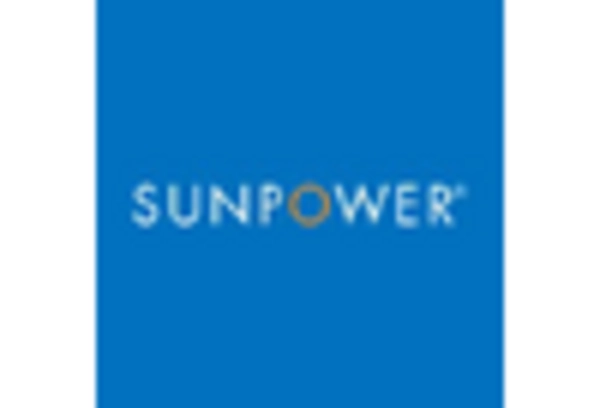
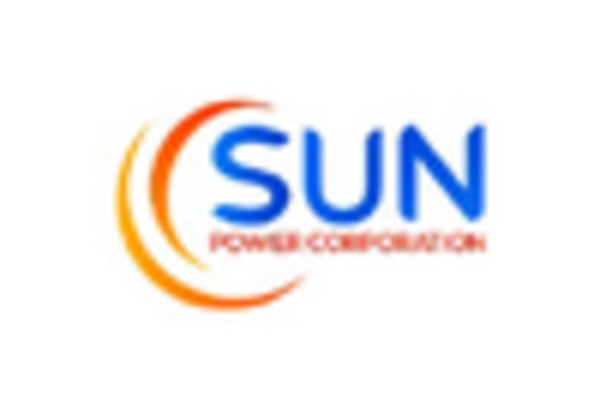
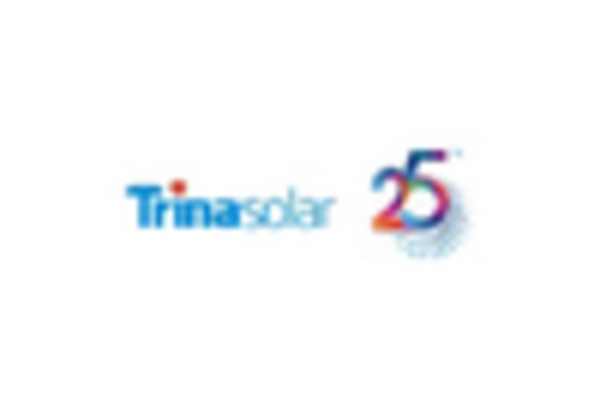








Leave a Comment